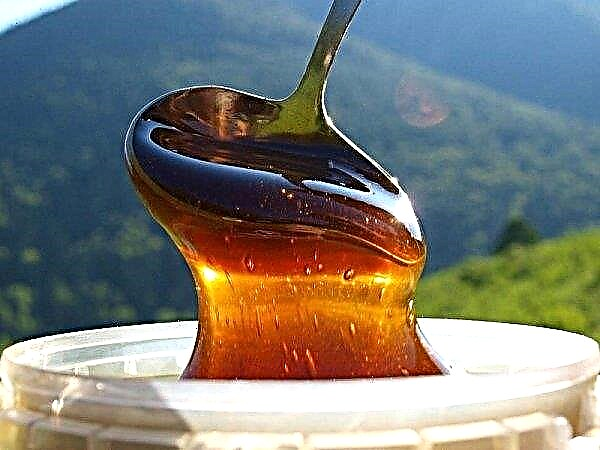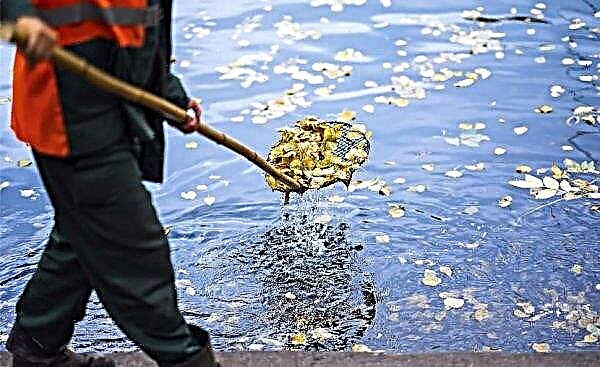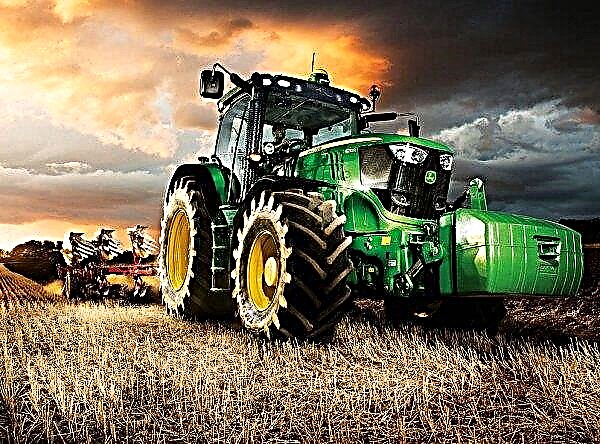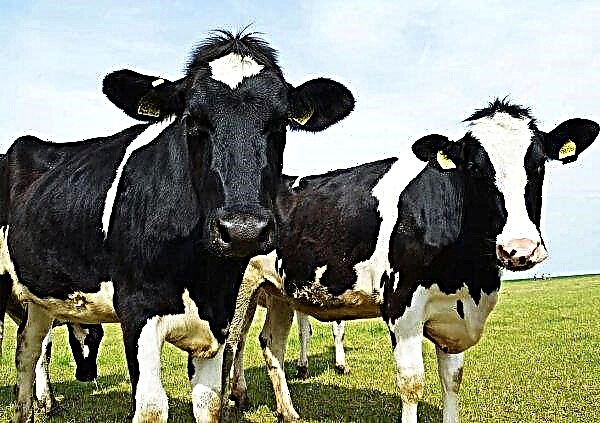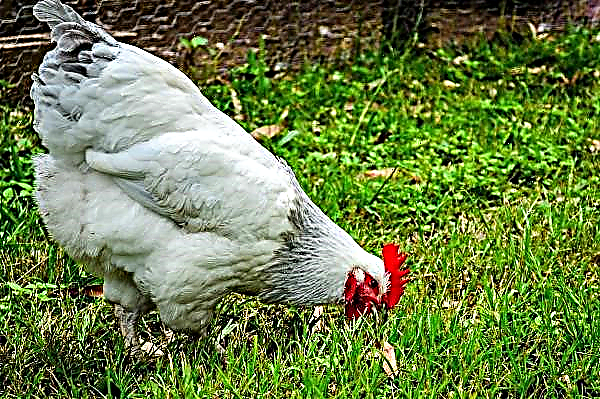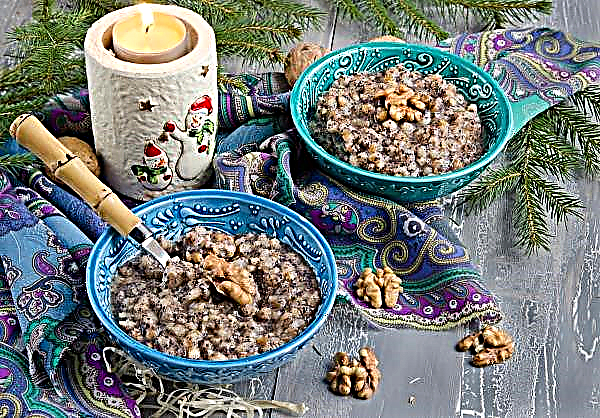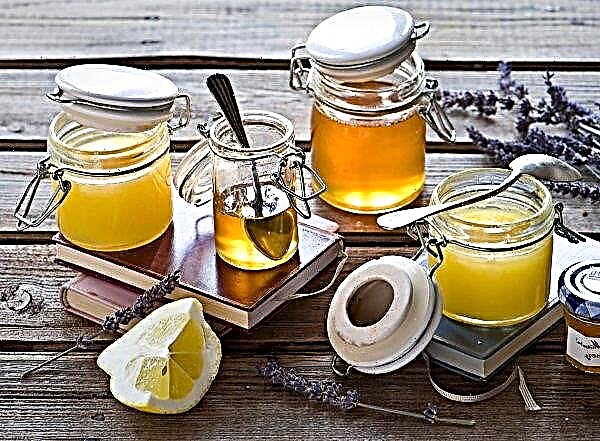Champignons are considered the most accessible, popular and safe types of mushrooms for human health. However, few people know that there are not only edible, but also poisonous members of the family. What are the types of fungi described, and how to distinguish between harmless and dangerous specimens - more in the article.
General description
Champignons are lamellar mushrooms of the Champignon family, of the order Lamellar. There are artificially grown species, as well as varieties that grow in the wild.
A description of these types of mushrooms is advisable to start with their appearance:
- Hat. Mostly fruit bodies are characterized by the presence of a rounded white, gray-white or brown hat, the surface of which becomes more flat over time. The diameter can vary, from 2 to 20 cm, depending on the variety. The surface of the cap is smooth, pleasant to the touch, dense.
- Leg. The fungus has a short, even, dense pedicle structure, 3-5 cm. Its inside is loose and hollow. On the leg is the so-called “blanket”, which leaves a pronounced single-layer or two-layer ring on the surface.
- Pulp. The inner part of the fungus has a dense structure, has a pronounced anise or mushroom smell. It can be of various shades of white. Under the influence of air, the color of the pulp changes to reddish or yellow.

Champignons belong to lamellar fungi with free plates in which spore powder matures. At the beginning of growth, the plates are white, later becoming pink or brown-black.
Important! Changing the color of the plates to darker is one of the main differences between edible champignon. In inedible specimens, the plates remain white throughout the entire period of their growth.
Where champignons grow
Mostly all varieties of the described fungi belong to the category of saprophytes. They prefer to grow on well-manicured soil, soil rich in organic matter. Often they can be found on meadow and forest humus, steppe zone, anthills, on the bark of trees, in dense spruce forests.
Depending on the preferred substrate, all champignons can be divided into five main groups:
- forestthat grow only in the forest;
- ground saprotrophsgrowing in open growthless places;
- desert or halophytesfound in desert areas;
- herbophilesthat grow exclusively in the grass;
- mushroomsgrowing in open grassy meadows or forests.
 Most described species grow in the forest-steppes and steppes of Europe and Asia, the prairies of America, meadow meadows of Australia and Africa.
Most described species grow in the forest-steppes and steppes of Europe and Asia, the prairies of America, meadow meadows of Australia and Africa.
When champignons grow
The fruiting period of these mushrooms lasts more than six months. It starts in early May and lasts until mid-autumn, until about October. But in artificially created conditions, mushrooms can be grown and harvested throughout the year.
Types of Edible Mushrooms
There are approximately 200 species of champignons, which can conditionally be classified as follows:
- by the number of rings formed on the stem, one- or two-ring;
- habitat - forest, desert, herbophiles, etc.
Did you know? Champignons were first discovered more than 1 thousand years ago in Italy. However, they became widespread in the 18th century in France.
Each of the species has some differences in appearance and taste. Also in nature there are poisonous varieties or false champignons, which each mushroom picker must distinguish.
Champignon
The most common type of described fungi is considered ordinary champignon (real) or better known among the people under the name pechitnika. Representatives of the variety have a round hat with a white or brownish color. With growth, the surface of the cap straightens and becomes flatter. To the touch, the hat is dense, velvety, with a small amount of scales. The leg of the fruit body is even from 4 to 11 cm, the same color as the hat, in the central part has a pronounced white ring.

The flesh of the peecherina does not secrete juice; it is dry, white, and when it comes in contact with air, for example, it breaks pink when it breaks. The plates of the fungus are free, white in young specimens, later becoming brown, almost black.
Pecherka has a traditional mushroom flavor, has a pleasant aroma, due to which it is successfully used in the field of cooking for cooking various first, second courses, snacks, pastries, pies, etc.
Forest
Forest champignon, which is popularly called the wolf mushroom, cap or sweetheart, got its original name because of its distribution. Mostly it can be found in mixed forests, conifers or spruce forests. The forest specimen differs in a bell-shaped light gray or brown-brown hat 5–15 cm in size, the surface of which is covered with large brown flakes.
The mushroom has a thin, even, sometimes curved leg up to 10 cm, which at a young age differs in a continuous structure, then becomes hollow. The color of the legs is gray-dirty. At the top is a single-layer ring, which disappears during growth. The inner part of the forest champignon is thin, delicate, with a pleasant aroma, light. When incised, it turns red.

Field
Field champignon is an edible variety that has a rather large hat with a diameter of 7–22 cm in egg-shaped with a small tubercle in the middle. During growth, the hat becomes more open. Color can vary from white and gray to brown. The surface of the cap is quite smooth, silk, small scales are felt.
Important! Field champignon is very similar to a pale grebe. Their main difference is the color of the plates: the first they are pink or brown, the second white.
The leg is long, up to 12 cm, of a smooth structure, characterized by a cylindrical shape and fiber. As a rule, the color of the legs is similar to the color of the hat, but when pressed, it may turn a little yellow. In young specimens, the structure of the peduncle is continuous, and eventually becomes hollow. Platelets in young fruiting bodies are white-pink, brownish, violet, in older adults - dark, almost black. The interior of field champignon is very hard, white or light yellow, but when cracked on the cut, it acquires a yellow tint. It tastes sweet, pleasant.

Coppice
Forest champignon mushrooms are easily recognizable by their delicate aniseed aroma, which is preserved even after tremoprocessing of raw materials. Mushrooms grow in small colonies or individually. They have a white or cream hat of 5-14 cm, which first takes an egg-shaped shape, then becomes convex or flat. The bonnet is smooth, without scales.
The leg is able to grow up to 12 cm, thin and even, of fibrous structure, inside is hollow. Fruits described mushroom the whole summer and the first half of autumn. Mostly distributed in coniferous and deciduous forests, in moderate climatic conditions.

Dark red
Another recognizable representative of edible champignons is dark red. It is found quite rarely, grows in small colonies, bears fruit from June to the end of October. It is easy to recognize by its dark brown rather large bell-shaped hat, which, as it develops, becomes open. The fungus has a uniform, hollow inside the leg up to 10 cm, which has a dirty white color. In the center is a drooping ring, below which the leg is covered with scales.
The pulp is soft, white in structure, has a delicate taste and a subtle sourish aroma. On the cut, the inner part instantly turns red and emits an aroma uncharacteristic for mushrooms.

August
August mushroom is one of the largest varieties. It is characterized by a large, up to 20 cm in diameter, brownish-brown, rather thin hat, which in the young mushroom has the shape of a hemisphere, in the mature one - more open. A coverlet is located at the edges of the hat, and large brown flakes can be seen on its surface.
Did you know? Champignons are successfully used in the cosmetology field. Some beauty salons offer customers very expensive treatments for body and face skin, during which they use masks, serums and lotions based on peppers.
The leg of the fruit body is strong, long, white, on top it has a dense coating in the form of numerous flaky flakes. The inside is hollow. On the leg there is a pronounced ring, under the folds of which there are also scales. The flesh of this variety is fleshy, dense, characterized by an unusual almond flavor, has a yellow color, which, under the influence of oxygen, turns brown. August mushrooms ripen in August, grow in large groups. Most often they can be found near the anthills.

Poisonous mushrooms
Among wild species of champignons, poisonous varieties are quite common, the consumption of which can have serious negative health consequences. That is why it is very important to know what a poisonous specimen looks like and what has its characteristic distinguishing features.
Red or yellow
Champignon red or yellow - a poisonous representative of the mushroom family, which has the following external signs:
- the hat is round in shape, later made wide-bell-shaped, silky to the touch, covered with small scales. It has a white color, in the central part it is brown, when pressed, it yellows;
- the leg is cylindrical in shape, swollen below, with a membranous ring, white color with a hollow inner part;
- the flesh is thin, white, after the cut it acquires a yellow hue, has a delicate aroma of carbolic.

The main distinguishing feature of the yellow-skinned mushroom is its smell, which is very similar to the aroma of carbolic acid, that is, a pharmacy smell. It should be noted that all edible varieties smell pleasantly and appetizingly.
Colorful look
The champignon variegated in its appearance resembles a forest one, but has a number of significant differences. The mottled poisonous mushroom is characterized by a grayish-smoky hat, the surface of which is covered with small, closely fitting, smoky scales. At the edges, the color of the hat is almost white. Leg medium size up to 10 cm, diameter about 1.5 cm, white. During ripening, the color changes to yellow, then brown.
Did you know? Cakes are one of the few types of mushrooms that are not only possible but also recommended to be eaten raw. Such mushrooms without heat treatment have a pleasant nutty taste.
The plates are located freely, often have a pink color, later acquire a brown tint. The inside of the fruiting body is light, but when cut, it quickly turns brown, gives off an unpleasant odor. This variety is extremely rare. Basically, it can be found in the forest-steppes or steppes in Ukraine.

Mushroom-like mushrooms
In addition to the poisonous representatives of the mushroom family, there are a number of mushrooms that, by their appearance, are very similar to the described fruit bodies, but are not their “relatives”, the so-called doubles or false ones. Most inedible specimens look like a pale grebe or a white fly agaric.
Important! Heat treatment of poisonous fruiting bodies does not deprive them of toxicity.
You can recognize a poisonous mushroom by some signs:
- The color of the pulp in the places of cut. In inedible representatives, the color of the pulp after its breaking or incision remains the same, does not oxidize, in contrast to high-quality champignons.
- Plate color. Adult edible champignon changes color to a darker color of the plates, which are located on the inside of the cap. In poisonous fruiting bodies, the color of the plates does not change during the entire ripening period.
- Root bag. One of the most important differences of toxic mushrooms is the presence of a sac, that is, a slight swelling at the root. In pechernikov it is absent.
- Scent. Edible champignons emit a pleasant mushroom, almond or anise aroma, unlike poisonous ones, which often smell like medicines.

You should also pay attention to the fact that champignons belong to lamellar varieties, and not tubular, which are most often inedible specimens.
Champignons are not only one of the most common and affordable types of mushrooms, but also some of the most useful. They contain protein in large quantities, so they can become a complete substitute for meat. However, going on a "silent hunt" you need to remember that there are inedible varieties and poisonous counterparts, the use of which can entail detrimental effects on human health.


